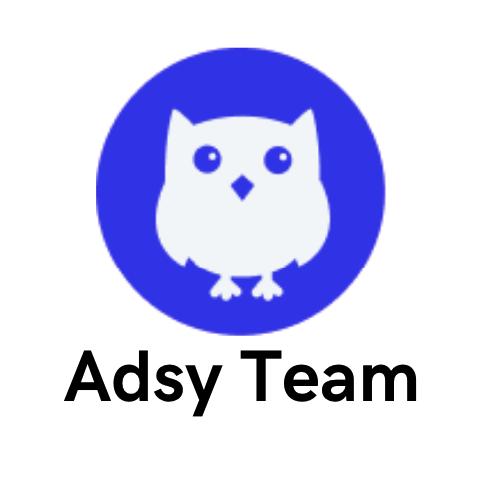Set Sponsored Content Prices That Satisfy You and Your Customers

The one question media partners keep asking us:
"How much should I charge for my services?"
Frankly speaking, this is a pretty tough dilemma. You might ask for a hefty reward, but scare off the clients. On the other hand, you can require a small payment, and your profits go to tantrums. Uhm, is there a solution?
Not exactly. There are multiple factors that impact price. Every metric is critical – daily/monthly sessions on your website, bounce rate, your social network following, the time you spent on the task.
Nevertheless, this how-to breaks down essential, vital metrics that will help you calculate the right price. We will also share the ultimate formula that will help you put the price tag on your services.
6 key metrics for setting the reward formedia partners
1. The amount of work done. Many a time, customers only need placement (in this case, they prepare the content themselves). Others need both – placement and writing services. Obviously, the price for the latter should be higher.
Keep in mind: You should set only one (overall) price for creating content and later publishing it. The reason is that you only get paid once, meaning you don’t receive separate payments for writing the post and for placing it then. Indicate the desired sum (for both services) in the field "Content Creation and Placement."
2. The word count. This is self-evident. Longer articles translate into higher revenues. With Adsy, you can choose your preferred content length. That is, you can create mini-posts, medium-sized articles, or longer posts. The word count will typically vary from 500 to 1,500 words. As for the links – you are supposed to add one to three links in each post.
Naturally, the price can increase depending on the article length and number of backlinks. By the way, if you aren’t willing to work on longer articles (or short ones) – you can always state this on your profile.
3. Dofollow/nofollow links. Dofollow links have more value since search giants like Google can easily reach them. They send link juice to all web pages that you refer to (link juice is the equity or weight that goes from one page to another).
Needless to say, they are more expensive than nofollow links. Nevertheless, nofollow links are also effective for SEO as they bring extra traffic.
4. Domain Authority score. Your domain rating and domain authority indicate how well the website or a particular page ranks on Google (on a scale from 1 to 100). DA metric was introduced by Moz with more than 40 different measurements behind it.
The higher your DA and DR numbers are – the easier it is to rank for you. What’s more, backlinks placed on authoritative websites are a key value for your clientele.
How to set prices?
In the next two sections, we will tell you what formulas and approaches you can use to set prices for your services.
Sponsored posts formula

Is there an ultimate pattern for calculating the fair price for a sponsored post? Well, there are different directions you can go.
Set a rate according to your experience. If you are a renowned professional in your niche, your price tag can be higher.
You can also set your prices using the following approaches:
Per word – Anywhere from 10 cents or more per word.
An hourly rate – Make sure to track your time carefully. You can use a free time tracker like Toggl.
A flat fee – Be sure to set a word count limit if you’re charging a flat fee. For instance, you could charge $250 for a blog post with 800 words.
New approach: engagement metrics

The above formula is not perfect. For one thing, it doesn't take into account the engagement metrics on your website. All the impressions, visits, and comments play a huge role! Here's how you can incorporate all this data for your price evaluation:
- First thing first, collect all the info required: average number of page views, session, comments, etc. Don't base your data on your top pages only. The key here is to get accurate numbers across your entire website.
- Think about your desired price per particular engagement metric. For instance, let's say you wish to get paid 0.25$ for every page view. Typically, your articles get 200 page views. This means the price for the sponsored post would be $50 (200*0.25). You can apply this formula for any other engagement metrics (comments, visits, etc.).
You have to be careful here. It's pretty easy to overprice or even underestimate each metric. And when the price is unreasonably high (or low), customers become skeptical.
This approach has downsides. For example, the price estimations are pretty one-sided. As a blog owner, you might overestimate what your blog post is worth on the market. Also, it doesn't take into account any metrics like DA and DR rank. The best solution here is to try both methods and compare them later.
As always in marketing, spy on your competition! Locate the websites that have pretty much the same rating as you (Ahrefs DR or DA). Your goal is to learn what price they charge. You can either match it or beat it.
In the end, it's you who has the final word. Make sure that the reward is worth your time & effort. Nevertheless, remember – you skate on the thin ice. Because if your expectations are higher than the average price on the market, you might lose customers.
Conclusion
The big question on everyone's lips goes: "How can I put a lucrative price tag on my services without chasing away all the clients?" The truth is – there is no definite answer, no golden recipe.
In case you have already decided on your payment preferences, don't wait and share your tips and tricks! What factors are crucial for you? What is the approach that you used? Tell us everything in the comments!







